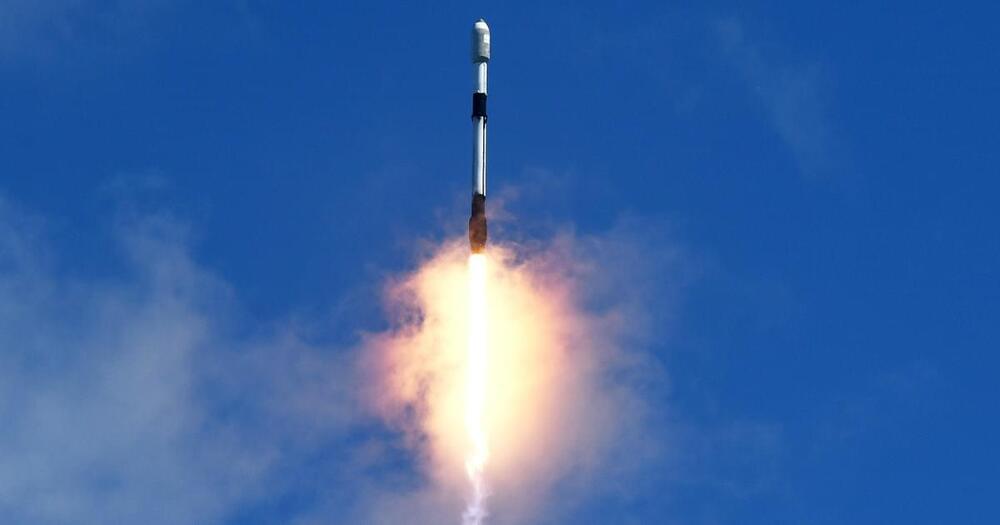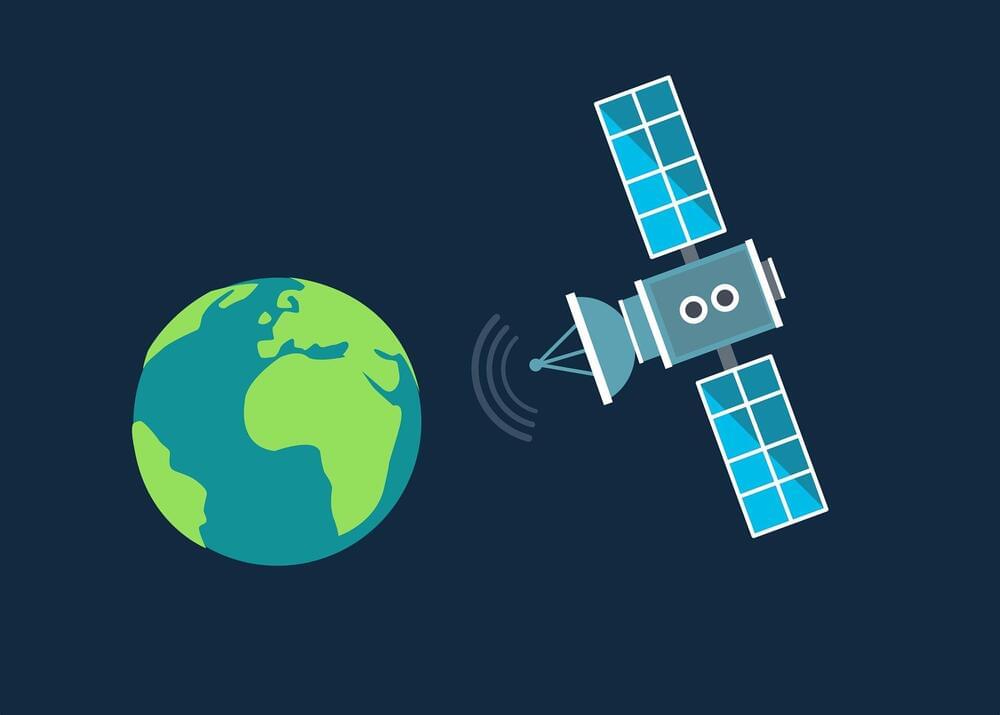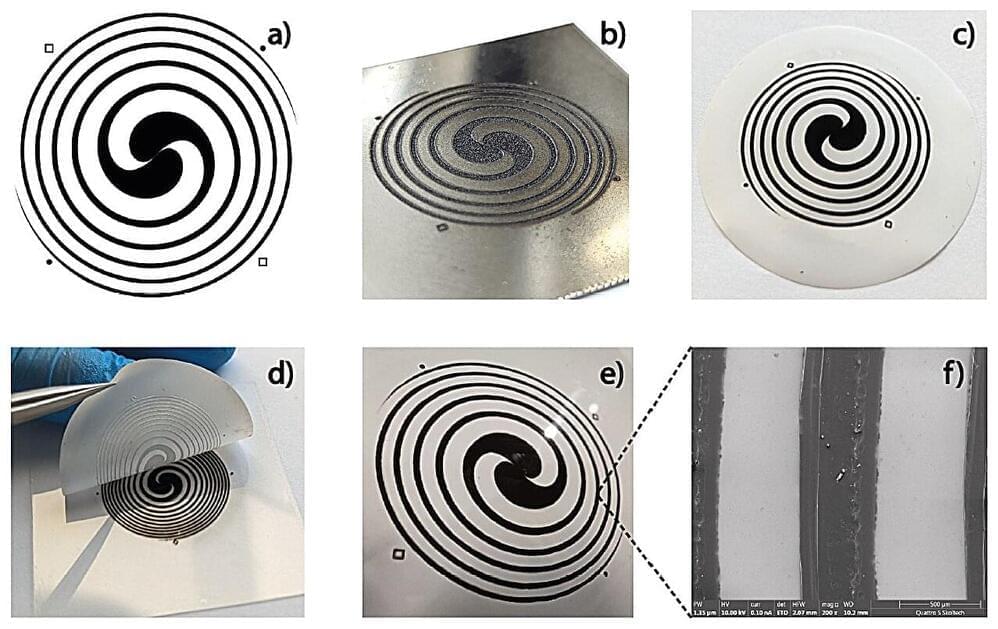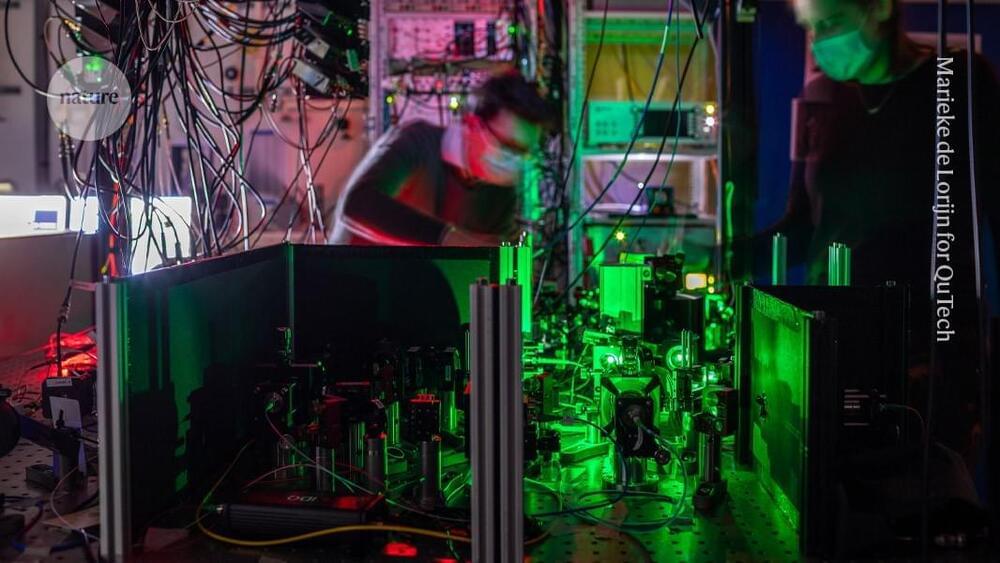SpaceX’s Starlink has expanded its satellite internet coverage to include the entire US and announced an upcoming ‘Direct to Cell’ service.



One of the main barriers involves how to connect objects to the internet in places where there is no mobile network infrastructure. The answer seems to lie with low Earth orbit (LEO) satellites, although the solution presents its own challenges.
A new study led by Guillem Boquet and Borja Martínez, two researchers from the Universitat Oberta de Catalunya (UOC) working in the Wireless Networks (WINE) group of the university’s Internet Interdisciplinary Institute (IN3), has examined possible ways to improve the coordination between the billions of connected objects on the surface of the Earth and the satellites in its atmosphere.
The paper is published in the IEEE Internet of Things Journal.

While silicon has been the go-to material for sensor applications, could polymer be used as a suitable substitute since silicon has always lacked flexibility to be used in specific applications? This is what a recent grant from the National Science Foundation hopes to address, as Dr. Elsa Reichmanis of Lehigh University was recently awarded $550,000 to investigate how polymers could potentially be used as semiconductors for sensor applications, including Internet of Things, healthcare, and environmental applications.
Illustration of an organic electrochemical transistor that could be developed as a result of this research. (Credit: Illustration by by Ella Marushchenko; Courtesy of Reichmanis Research Group)
“We’ll be creating the polymers that could be the building blocks of future sensors,” said Dr. Reichmanis, who is an Anderson Chair in Chemical Engineering in the Department of Chemical and Biomolecular Engineering at Lehigh University. “The systems we’re looking at have the ability to interact with ions and transport ionic charges, and in the right environment, conduct electronic charges.”

A joint team of physicists from Skoltech, MIPT, and ITMO developed an optical component that helps manage the properties of a terahertz beam and split it into several channels. The new device can be used as a modulator and generator of terahertz vortex beams in medicine, 6G communications, and microscopy. The paper appears in the journal Advanced Optical Materials.

Elon Musk traveled to Bali this weekend to officially launch Starlink, the SpaceX satellite internet service, in Indonesia this Sunday.
At a launch event with ministers in a health clinic in Indonesia, Musk stressed the significance of providing internet access to far-reaching corners of the vast archipelago, comprised of 17,000 islands across three time zones.


Researchers have developed a new communication paradigm that can let them securely connect a PC to a quantum computer over the internet.
Known as “blind quantum computing,” the technique uses a fiber-optic cable to connect a quantum computer with a photon-detecting device and uses quantum memory — the equivalent of conventional computing memory for quantum computers. This device is connected directly to a PC, which can then perform operations on the quantum computer remotely. The details were outlined in a new study published April 10 in the journal Physical Review Letters.

Earlier this month, Reddit published a Public Content Policy stating: Unfortunately, we see more and more commercial entities using unauthorized access or misusing authorized access to collect public data in bulk, including Reddit public content. Worse, these entities perceive they have no limitation on their usage of that data, and they do so with no regard for user rights or privacy, ignoring reasonable legal, safety, and user removal requests.
In its blog post on Thursday, Reddit said that deals like OpenAI’s are part of an open Internet. It added that part of being open means Reddit content needs to be accessible to those fostering human learning and researching ways to build community, belonging, and empowerment online.
Reddit has been vocal about its interest in pursuing data licensing deals as a core part of its business. Its building of AI partnerships sparks discourse around the use of user-generated content to fuel AI models without users being compensated and some potentially not considering that their social media posts would be used this way. OpenAI and Stack Overflow faced pushback earlier this month when integrating Stack Overflow content with ChatGPT. Some of Stack Overflow’s user community responded by sabotaging their own posts.

